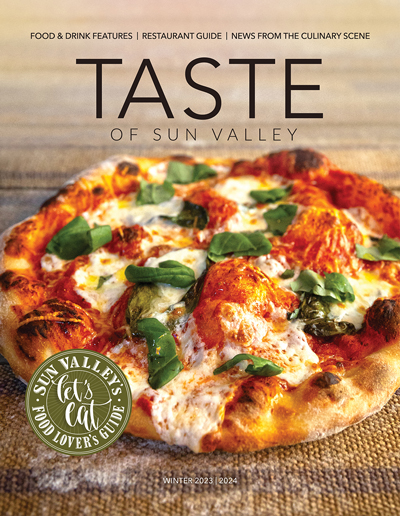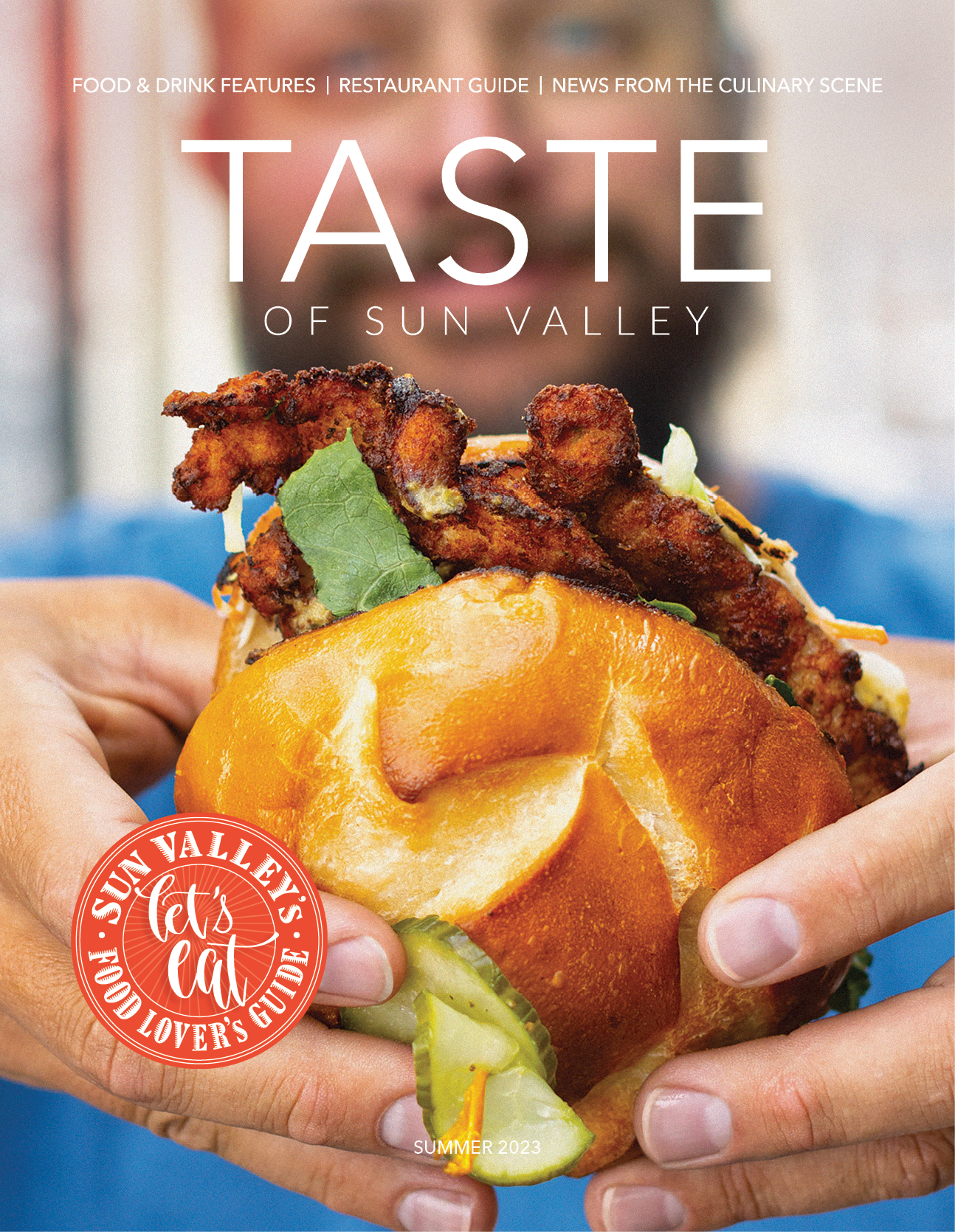“You don’t own the ranch. The ranch owns you.”
That piece of wisdom was shared by John Peavey, a third generation rancher and former state senator, at an August 11th gathering in the heart of the Pioneer Mountains. His words resonated beyond the assembled circle of some 30 participants on The Pioneers Alliance field tour.
Just past the cottonwoods and the lulling flow of the Little Wood River lay the open vistas that claim some of the best remaining sage grouse habitat in  Idaho and the longest pronghorn migration in the world: The Pioneers to Craters of the Moon National Monument, 2.3 million acres of wild country, which includes 160,000 acres of working farms and ranches that link public lands to the north and south.
Idaho and the longest pronghorn migration in the world: The Pioneers to Craters of the Moon National Monument, 2.3 million acres of wild country, which includes 160,000 acres of working farms and ranches that link public lands to the north and south.
Peavey’s words struck home for the ranchers who recently took historic steps to assure a future for working lands. They’re voluntarily placing portions of their properties in conservation easements to protect them from subdivision and other potential developments that could signal an end to viable ranching and world-class wildlife habitat too. The approximate total of 33,000 acres of conservation easements are one facet of a remarkable story of partnerships, economic revival for the community of Carey, and a new conservation paradigm for endangered species called the Sage Grouse Initiative.
The Sage Grouse Initiative launched by the Natural Resources Conservation Service (NRCS) in 2010, aims to achieve wildlife conservation through sustainable ranching. The goal is to keep the declining sage grouse off the endangered species list by conserving and restoring the bird’s strongholds across 11 western states. Science guides the way and partners take the lead. The Initiative harnesses the power of the Farm Bill to leverage funds and raise partner matches. The funds are helping pay for the Pioneer Mountain conservation easements along with dollars from The Nature Conservancy of Idaho, the Blaine County Land, Water and Wildlife Program (created by a voter special levy) and other sources.
 The Pioneers Alliance is the innovative spark that’s igniting the effort to sustain the nature and economic future of spectacular country southeast of Sun Valley. The coalition of ranchers, farmers, local residents, conservationists, agency officials and elected officials succeeds by focusing on what unites, rather than what divides.
The Pioneers Alliance is the innovative spark that’s igniting the effort to sustain the nature and economic future of spectacular country southeast of Sun Valley. The coalition of ranchers, farmers, local residents, conservationists, agency officials and elected officials succeeds by focusing on what unites, rather than what divides.
Standing in a circle in the welcome shade, the ranchers took turns sharing why they are conserving their lands. Ray Baird has witnessed the dropping numbers of sage grouse with growing concern over the past 25 years. From watching the birds all his life, he has seen firsthand that sage grouse and livestock both benefit from keeping ranches intact and grazing as an ongoing use.
“We feel like this is a dream come true for us,” Baird told the group about the easements on his land.
 Lee Cook runs a smaller farm and teaches school in Carey, the community on the southern edge of the Pioneers that’s close to Craters of the Moon National Monument. He and his wife have five sons. Their ties to the family ranch go back to 1903, yet they’ve struggled to find ways to make ends meet.
Lee Cook runs a smaller farm and teaches school in Carey, the community on the southern edge of the Pioneers that’s close to Craters of the Moon National Monument. He and his wife have five sons. Their ties to the family ranch go back to 1903, yet they’ve struggled to find ways to make ends meet.
“We have a soft spot for our land and keeping it in its natural state,” said Cook. “This will help us stay on the land.”
Jim Barton was initially hesitant, he recalled. However, after The Pioneers Alliance invited a couple ranchers from up north in the Salmon River country to share their stories of placing conservation easements on their land, Barton was impressed. He turned his friend Ray Baird for advice.
“What do you think, Ray?” I’d ask, and he’d say, “I don’t know, what do you think?” Barton explained.
Eventually, they concluded it all made sense. Payments to place the lands in easement would help pay off debts and invest in cows and improvements.
“It’s helped us get a shot in the arm and preserve everything, too,” said Barton.
Stitching together a protected tapestry of land ownerships of the Pioneer Mountains might satisfy most people as a job well done, but not for this group. The tour headed off to the Carey annual fair for a barbeque, 4-H auction and a pavilion dedication by Congressman Mike Simpson.
 At first, that might seem puzzling. How can a conservation story have anything to do with a 4-H auction or a new pavilion in Carey? Perhaps it comes down to what Peavey said about what it is to own a ranch. Just as a ranch owns the landowner who is always at the whim of storms, wind, heat or freezing temperatures, so does a community own its residents. In the Carey area, people are working together to forge a seamless connection among people, wildlife and land. They understand that the health of ranching is tied to the economic vitality of the town.
At first, that might seem puzzling. How can a conservation story have anything to do with a 4-H auction or a new pavilion in Carey? Perhaps it comes down to what Peavey said about what it is to own a ranch. Just as a ranch owns the landowner who is always at the whim of storms, wind, heat or freezing temperatures, so does a community own its residents. In the Carey area, people are working together to forge a seamless connection among people, wildlife and land. They understand that the health of ranching is tied to the economic vitality of the town.
The efforts of The Pioneers Alliance suggest a modern example of what ecologist Aldo Leopold eloquently called for in his famous book, A Sand County Almanac (1949):
“We abuse land because we regard it as a commodity belonging to us. When we see land as a community to which we belong, we may begin to use it with love and respect.”




